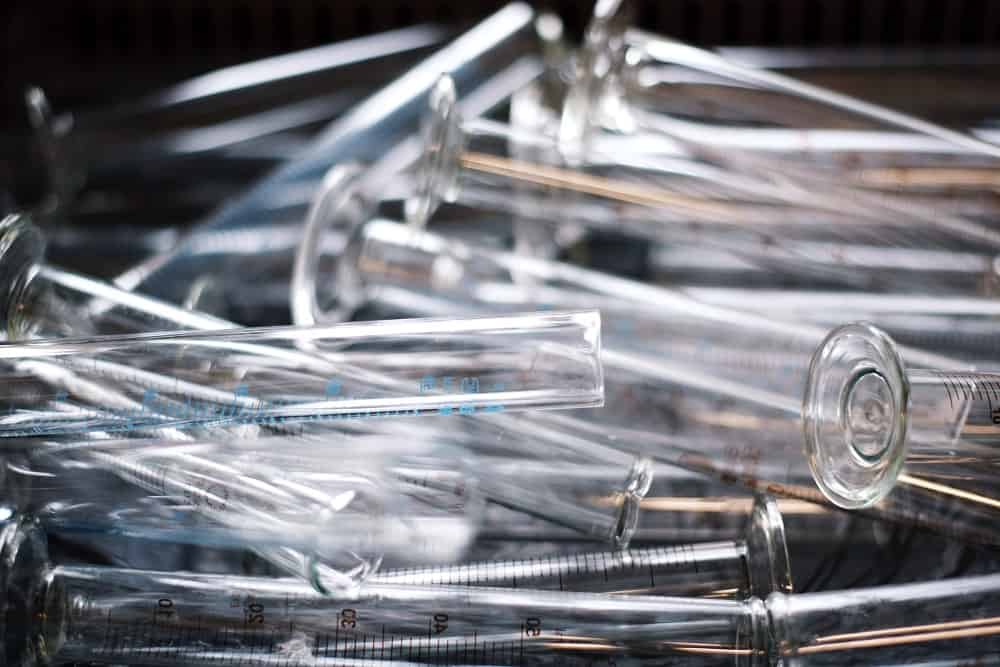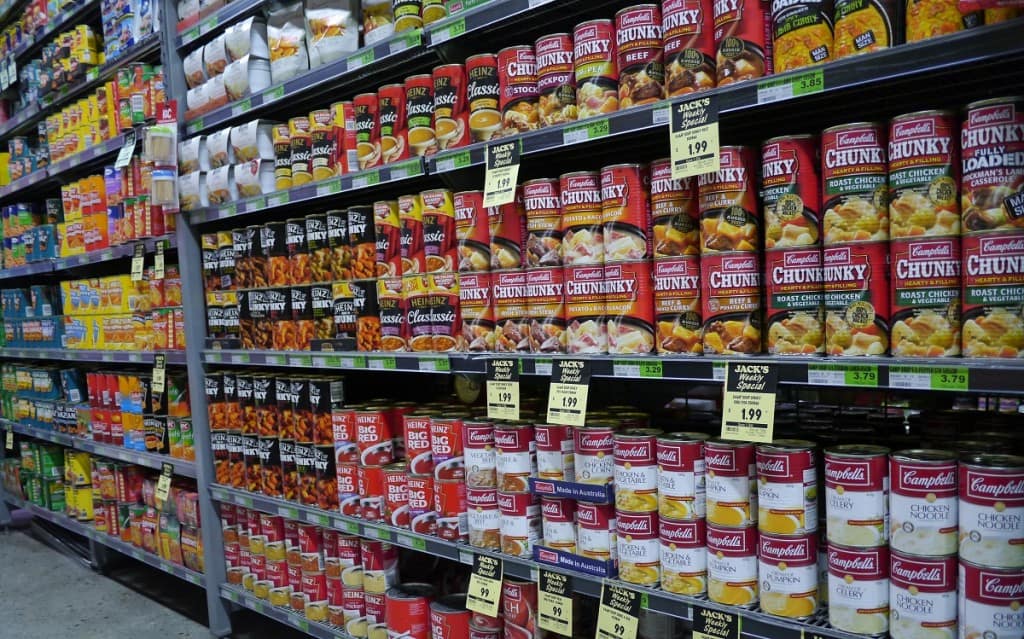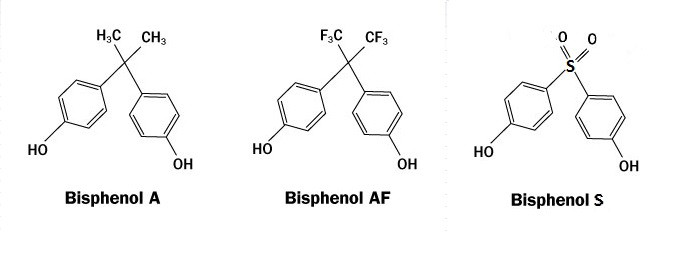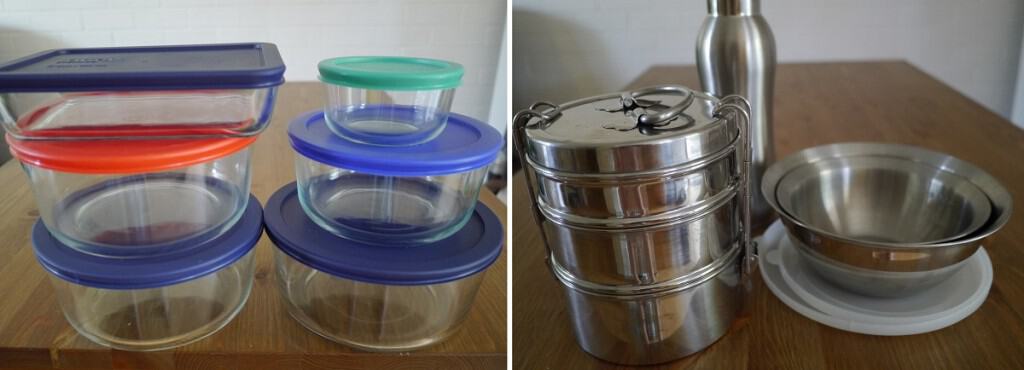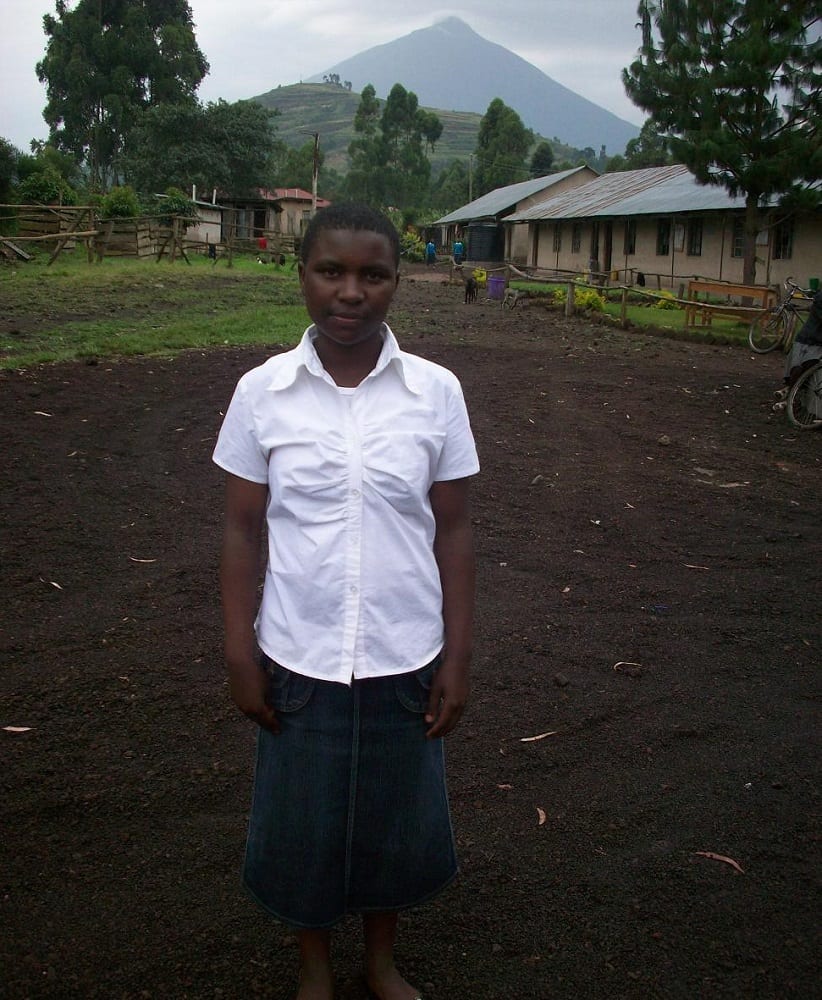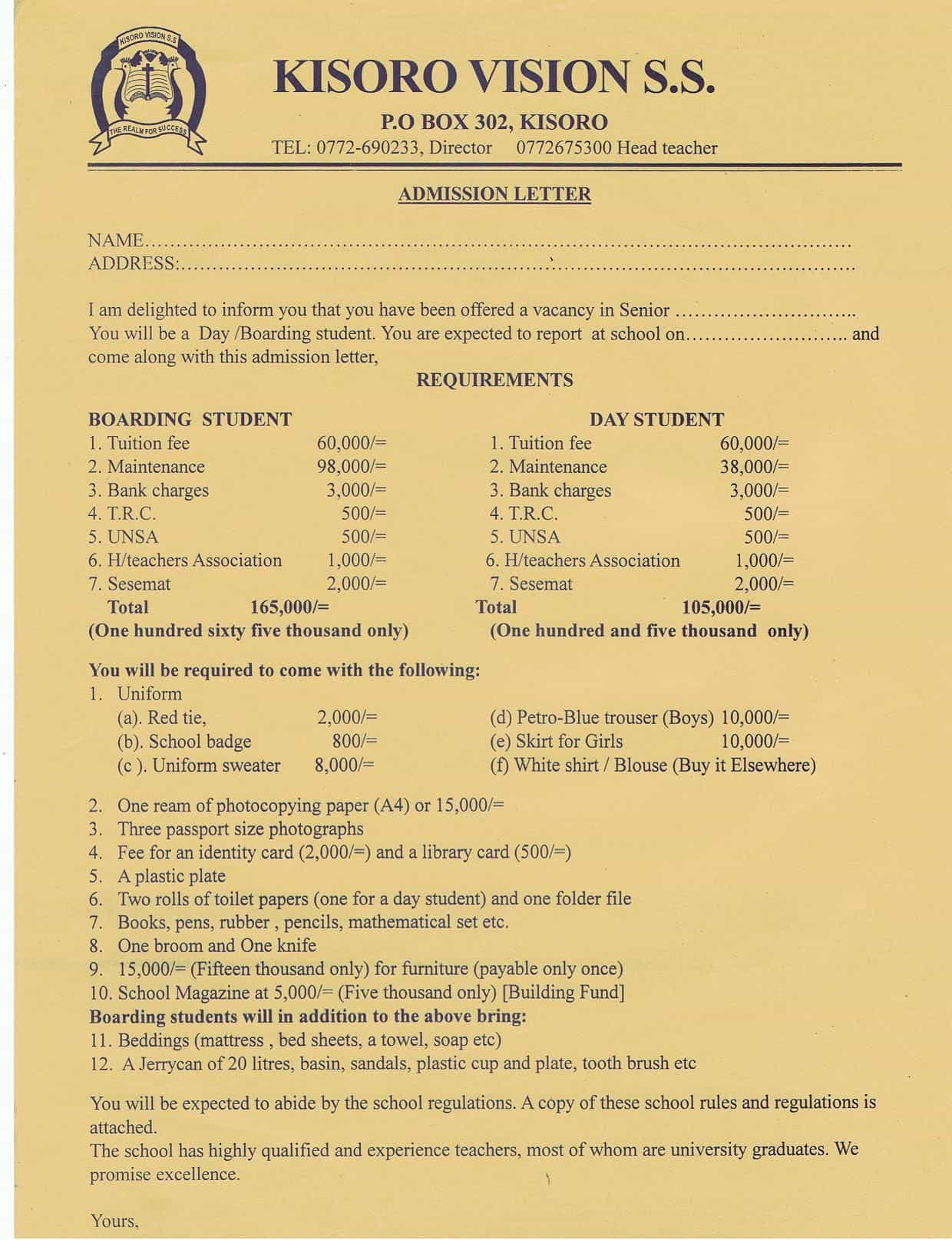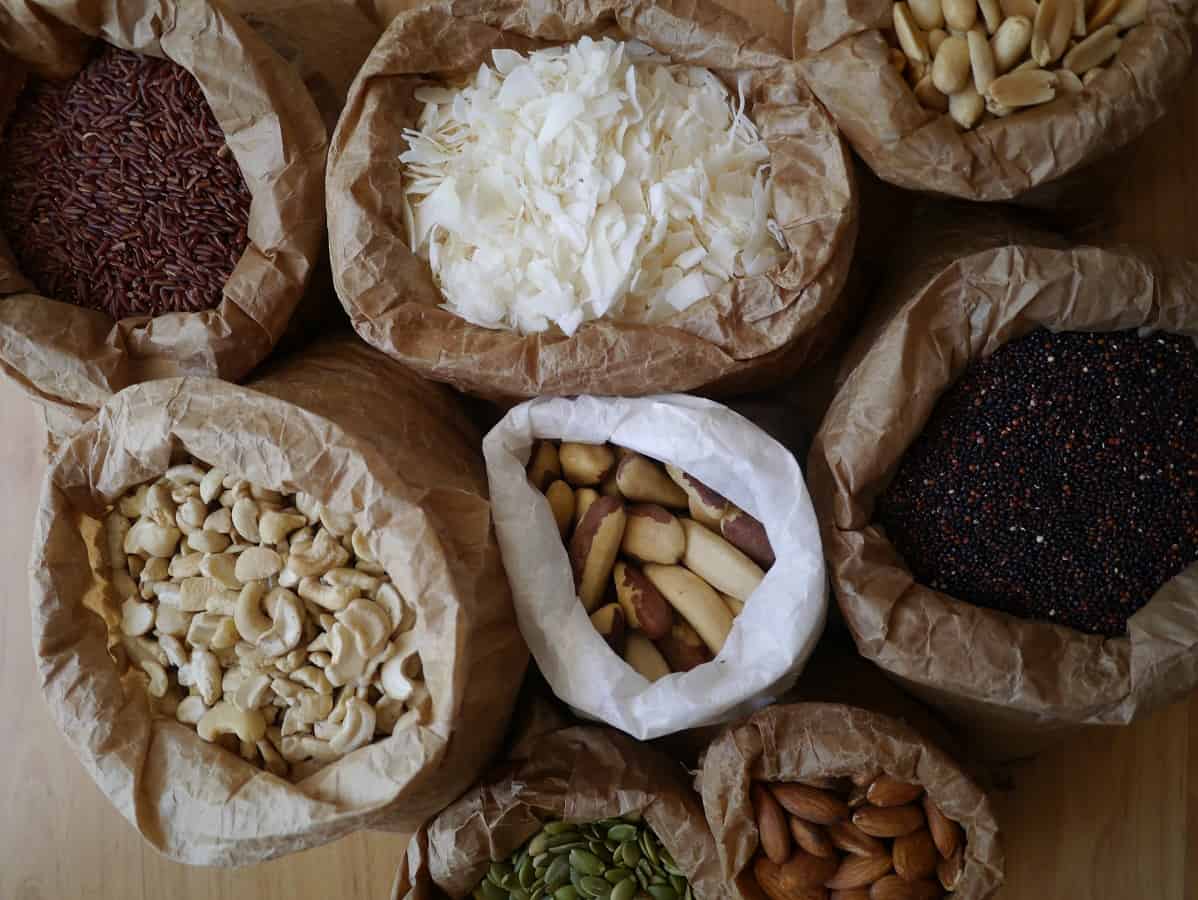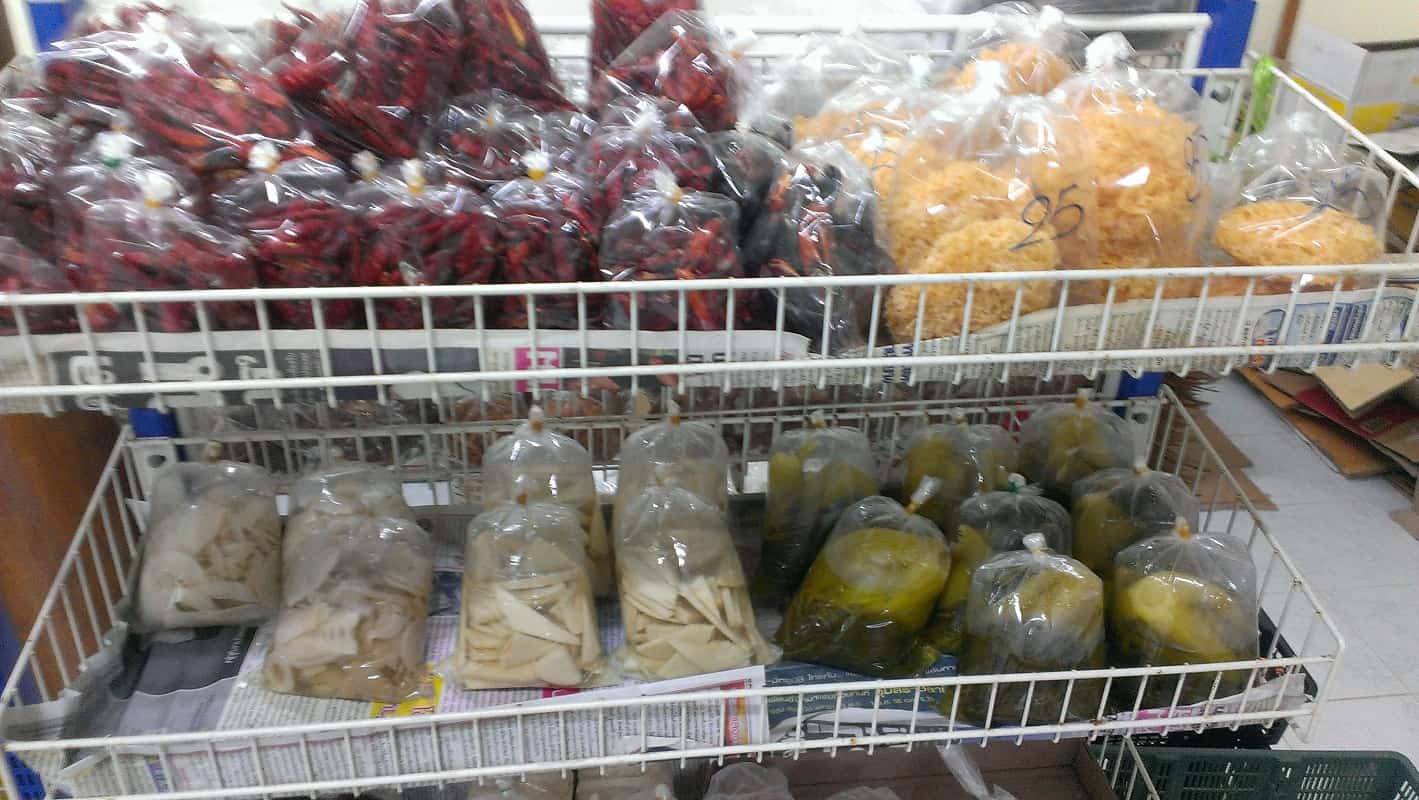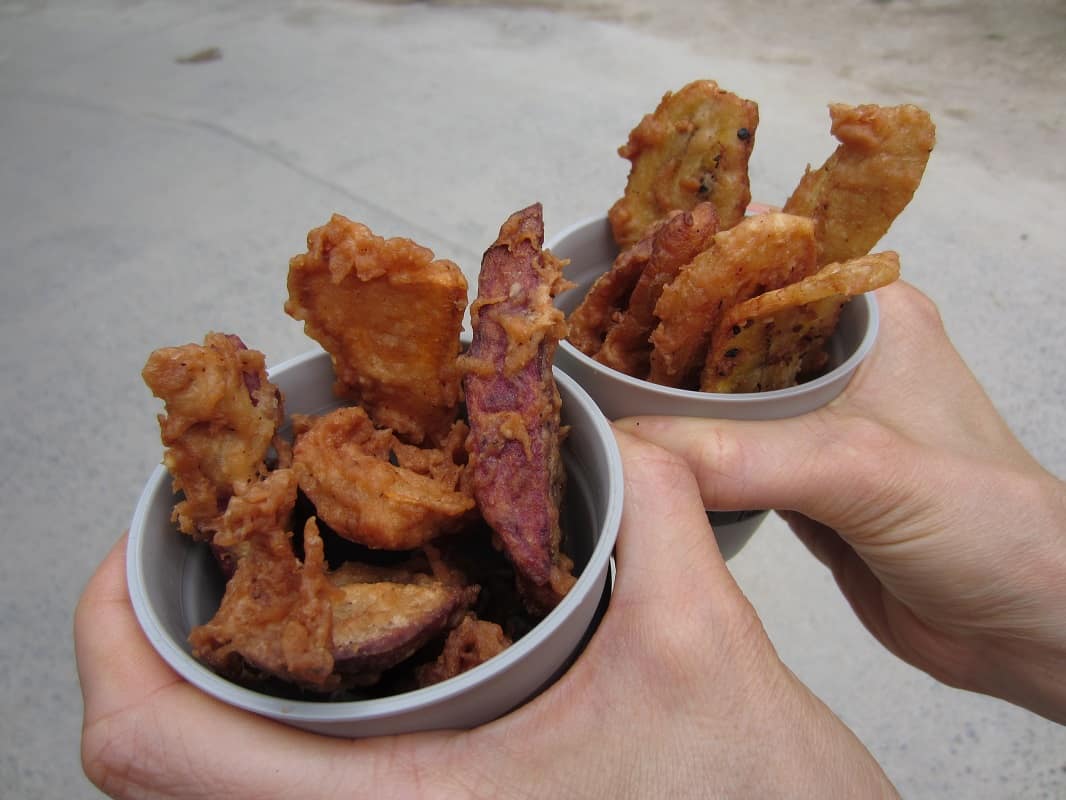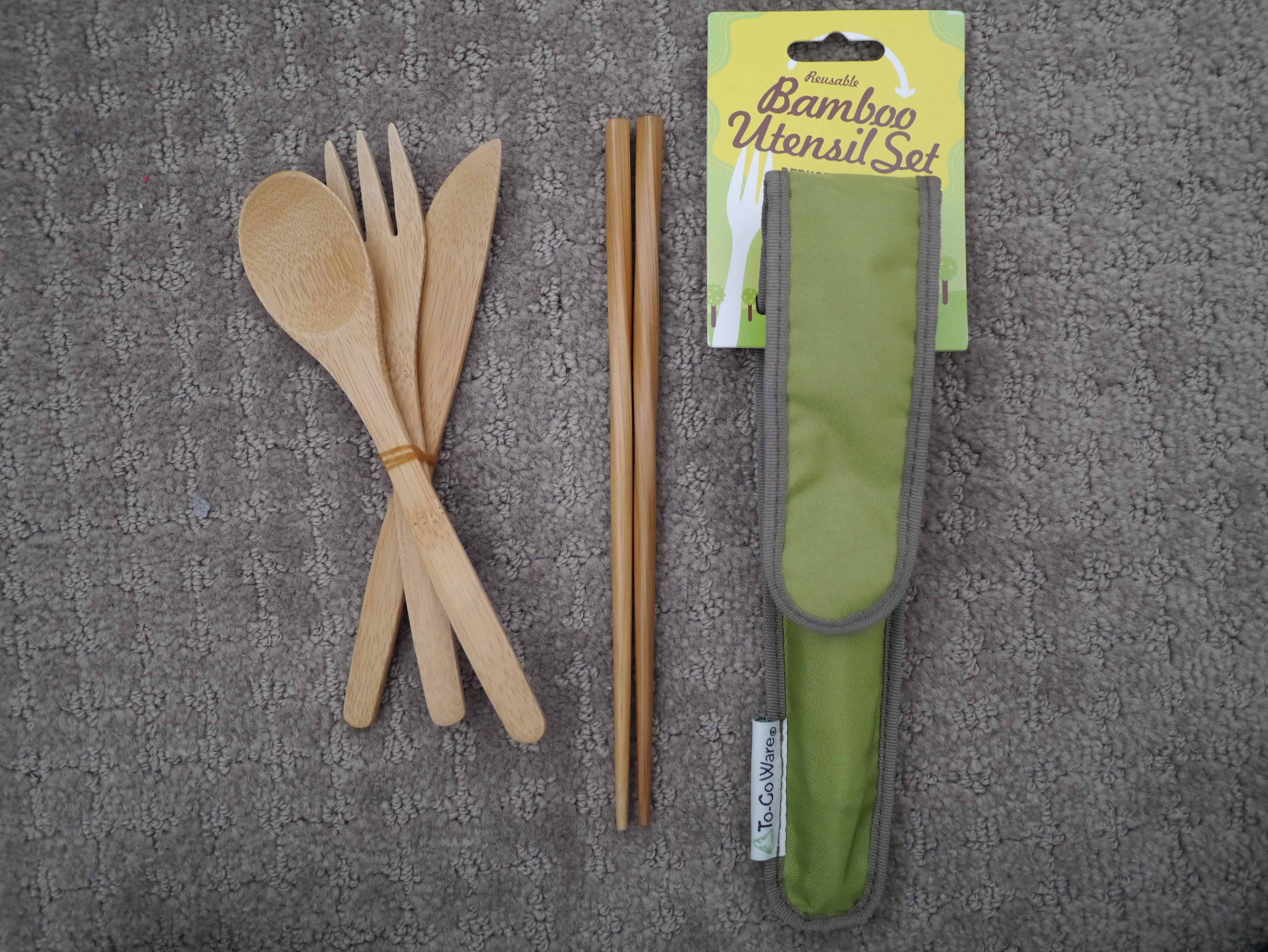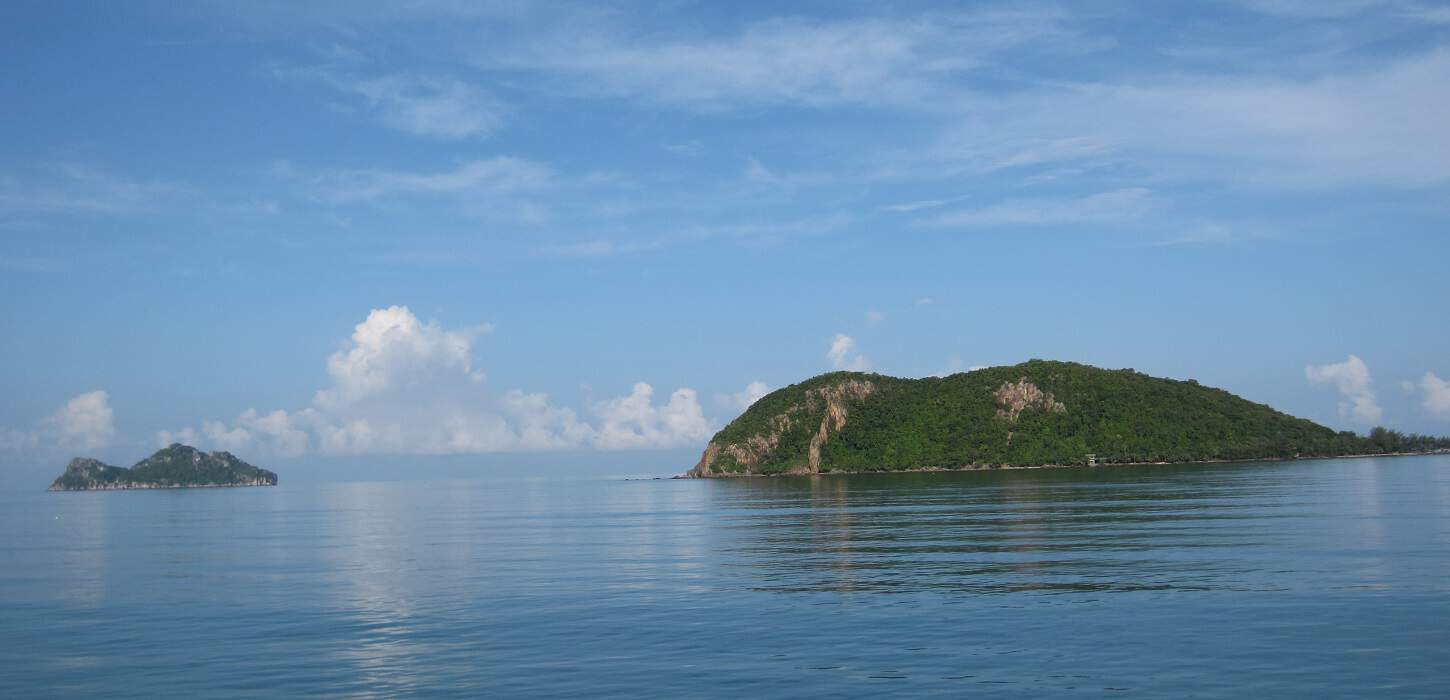BPA: what it is and why we should avoid it
BPA, an additive found in plastic and tins used for food storage, has had a lot of bad press. If you have heard of it, you’ve probably heard that you should try to avoid it, even if you’re not quite sure why. Here I tell you what it is, why you should avoid it, and why shopping for plastic that’s labelled “BPA-free” might not be the safe option that you think it is…
What is BPA?
BPA is short for bisphenol A, with the chemical formula (CH3)2C(C6H4OH)2 (more on this later). It is a chemical additive used in some types of plastic, particularly polycarbonate plastic and epoxy resins. According to Wikipedia, it has been used commercially since 1957.
Where is BPA found?
Polycarbonate plastic is the hard-wearing, scratch resistant, transparent plastic that has many uses including as food storage containers, water bottles and baby sippy cups. Epoxy resins are coatings that are used in food and drink cans to line them. There are 131 million food and beverage cans made in the USA alone every year, and most will be lined with epoxy resins containing BPA.
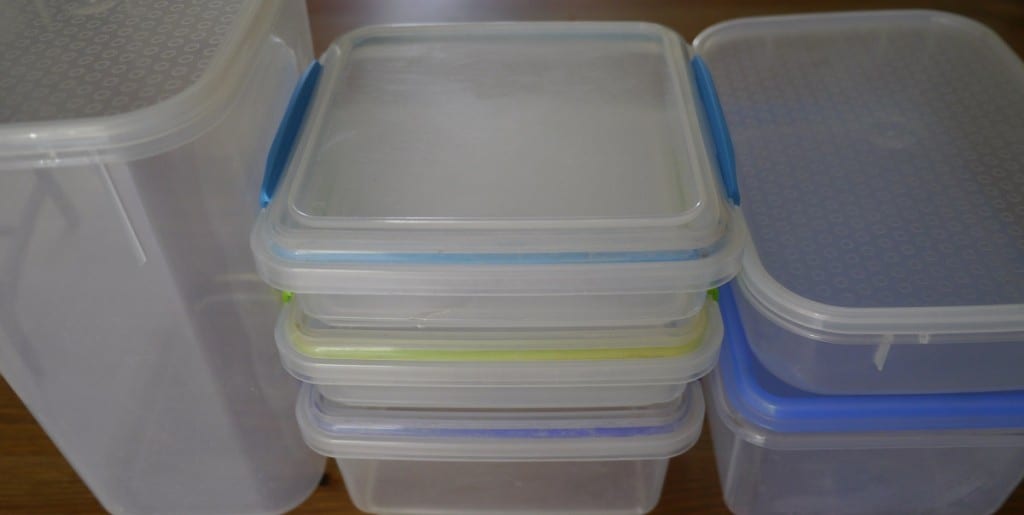
You can check if your food containers are made from polycarbonate – they will be labelled as plastic #7.
Why is BPA bad?
Hormones in our body are responsible for maintaining normal cell metabolism. This hormone system is called our endocrine system. Synthetic hormones can disrupt the natural processes that occur. BPA has been found to be a synthetic hormone (also known as an endocrine disruptor). Endocrine disruptors interfere with the synthesis, secretion, transport, binding, action, or elimination of natural hormones in the body which are responsible for development, behaviour, fertility, and maintenance of normal cell metabolism.
BPA mimics the female hormone oestrogen. This has been linked to a number of side effects including increased risk of heart disease, diabetes and liver-enzyme abnormalities; brain and hormone development problems in small children; increasing cancer cell growth rates, particularly breast cancer; and sexual problems in men.
Some countries have already taken steps to ban BPA. In June 2011, the EU banned the sale of baby bottles containing BPA. Canada actually banned BPA in baby bottles in 2009. In 2012 France voted to ban the trading, marketing and promoting of all food containers containing BPA, with the ban for childrens’ products coming into effect in January 2013, and for all other containers in 2015.
Many other governments and advisory committees are still debating whether BPA should be banned completely. That there is any debate at all highlights that there is obviously some level of concern, and if the governments won’t do the right thing, we should do what we can to reduce our own exposure to BPA.
How much risk is there?
In 2011, the Harvard School of Public Health found that volunteers who ate canned soup for 5 days had 1000 times the concentration of urinary BPA compared with when they ate fresh soup.
Research shows that most exposure to BPA occurs from the diet. That means we’re eating it. So how is it getting from our containers into us?
- BPA can leach from cans where an epoxy resin has been used, ironically, to protect the food contents from direct contact with the can.
- BPA leaches from plastic containers when they contain acidic or high-temperatures foods.
- Harsh cleaners have also been demonstrated to release BPA from polycarbonate containers, as does exposing them to high temperatures – including dishwashers and microwaves.
Have you ever put leftovers into a plastic container, and when you’ve emptied it out later you’ve noticed that the food appears to have stained the container? If our food can stain the plastic, then the chemicals in the plastic can stain our food.
How can I tell if my containers are made with BPA?
Often plastics have numbers printed on the bottom of them to aid with classification (if you want to know a little bit more about what these numbers mean, read this helpful guide). Typically polycarbonate containers are described as “other” or #7, or PC. It is extremely likely that these types of plastic contain BPA. Some plastics that are labelled #3 may also contain BPA. But often food storage containers don’t contain any numbers or labelling, in which case you just don’t know.
But my brand new polycarbonate plastic containers said “BPA-free”! Surely they are safe?
You’d think so, wouldn’t you? But companies are very clever. They are aware of the public distrust of BPA, and they want to continue to sell their plastic products. They need a way to convince us that their products are safe.
However, they also need additives to make their properties hard-wearing, transparent and heat-resistant, just like BPA would do. If they can’t use BPA, then they need another alternative.
Hello, BPS.
BPS, or bisphenol S, is a plasticising agent that has become increasingly common since BPA got all the bad press. The chemical structure of BPS is remarkably similar to that of BPA – and it turns out it it also acts as a synthetic oestrogen and endocrine disruptor.
And what about BPAF, or bisphenol AF?
Remarkably similar, don’t you think? The main advantage of using these alternative chemicals is that they get round any bans on BPA products, and allow such products to be labelled BPA-free.
There is no requirement for companies to tell consumers what additives, fillers, dyes, flame retardants, plasticisers, additives, antibacterials, perfumes have been added to plastic products. When it comes to food storage, the safest thing is to avoid plastic altogether.
What are the alternatives?
Here’s my three top tips for avoiding BPA in your food.
1. Cut back on cans.
It’s almost impossible to tell if a can contains BPA until you’ve opened it, and even cans labelled as BPA-free may have other unsavoury additives, so where possible, avoid cans and choose alternatives.
2. Stop using plastic containers for food storage.
That doesn’t mean throwing them away, just re-purposing them for non-food storage.Glass and stainless steel are much safer alternatives for food.
If you can’t afford to (or don’t want to) splash out on a whole new storage set, try finding second hand items from your local charity shops, or reuse old glass jars – you can even use them in the freezer. Ceramic and pottery dishes are great choices too, although they might not be suitable for freezing.
3. Don’t microwave plastic!
Where you have no alternative but to use plastic, make sure you don’t put it in the microwave or heat it up in any other way (so don’t put it in the dishwasher either), as this destabilises it and causes BPA to leach into your food. If you use a plastic lunchbox, empty the contents into a ceramic or glass bowl and pop a plate on top before microwaving, or if you can, use a saucepan.
Plastic manufacturers are not required to disclose which additives are added to their plastic products, and additives are not currently tested for health implications. Until they are, we should not assume any plastics are safe. After all, BPA has been used since the 1950s, and it is only in the last few years that it has been recognised as unsafe. Plus, there’s really no need to use plastic when so many other great alternatives exist!
[leadpages_leadbox leadbox_id=1429a0746639c5] [/leadpages_leadbox]

